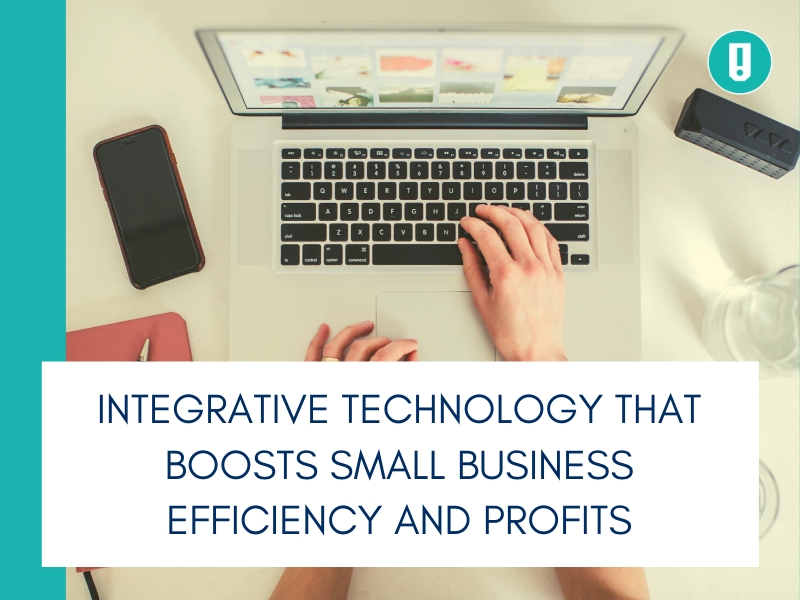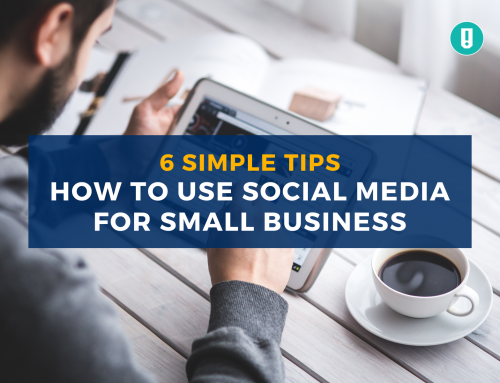It’s easy to look at e-commerce trends and assume that cutting-edge technology being utilized is reserved for bigwig market players like Apple and Amazon. In many cases, though, this couldn’t be further from the truth. Here are a few of the best technologies available that can easily be scaled down and adapted for a smaller operation.
Mobile Apps
Mobile apps used to feel like the tip of the pyramid. If a company had a mobile app, it reflected the fact that they had a team of engineers and a bottomless budget working behind the scenes in order to create and maintain a mobile application for their company.
However, as technology has progressed, it’s become increasingly easier to develop a mobile app even for small and mid-sized businesses (SMBs). In fact, research has found that 42% of small businesses already have a mobile app of one kind or another, while 30% have plans to develop one at a later date.
In addition to being generally accessible to small businesses, mobile apps can be a huge boon for an SMB’s bottom line. They drive engagement by:
- Creating seamless connections with their customers.
- Suggesting company-wide offers as well as personalized promotions.
- Providing information for brick-and-mortar and e-commerce stores alike.
- Increasing brand awareness.
Mobile apps can also be used for internal company uses such as:
- Scheduling
- Organization
- Communication
- Clocking in and out
- Breaks
- Meetings
Whether you’re looking to streamline internal communications or enhance your marketing collateral, a mobile app is no longer exclusively accessible to larger companies.
Analytics Tools
Analytics tools like Google Analytics can do wonders in providing SMBs with actionable feedback and information. Often sites like Shopify and Facebook can also allow you to harvest customer data without the need to include a third-party application.
These analytics tools are often free (or come along with other services) and can help a business track what customers are buying when they visit, dwell time, interactions, calls to action and many other helpful insights. This, in turn, can be used to understand what should be done differently and what should be done the same in order to maximize the efficiency of your efforts.
Chatbots
Even a less-sophisticated chatbot used to feel like a luxury. Now, they can be a critical component in an SMB’s customer service efforts. For instance, live chat systems have developed to the point where they utilize AI to mimic the human brain’s learning and problem-solving cognitive functions. This enables a chatbot to maintain an understanding conversation with a human being in which they receive information and then slowly whittle down the choices until they have the correct answer.
At this point, many chatbots are provided by various companies like Slack and Facebook Messenger, allowing your customers to provide feedback or submit inquiries without ever needing to leave the application that they initially used to interact with your company.
Videos — Especially Youtube
YouTube is huge. So big, in fact, that it’s come to be considered one of the most popular “social networks” in the world. And no wonder, too. The modern market is heavily driven by video advertising — a technologically savvy area of content that has become incredibly easy to produce.
Whether you’re purchasing some basic camera equipment or using your smartphone, at this point an ambitious entrepreneur can create high-quality videos that can be perfect for social media campaigns and can even be embedded right on your website.
Communication Tools
One of the best areas where integrative technology has impacted SMBs for the better is in the are of communication. Communication tools like email, Slack, and Google Hangouts enable coworkers to remain in close communication at all times. Even if they’re working remotely, they can stay in face-to-face communication through text or even by using apps like Zoom and Doodle to schedule in video chats.
And speaking of remote work, in addition to the normal need for basic communication, workflow apps like Trello and Asana have made it painfully easy for remote teams to upload and share their work. These integrative technology platforms allow teams to organize and manage workloads, set deadlines, and assign tasks. And best of all, they’re often free to use, especially when it comes to the fairly limited needs of a smaller business operation.
Digital Marketing
Finally, there’s digital marketing. It’s never been easier for a small business to access the online marketplace. Several of the most common options for digital marketing include:
- Pay per click advertising.
- A company website and blog.
- Social media platforms.
- Email marketing.
- Working with influencers.
While many of these channels do cost money, most of them are able to scale with the size and scope of the business that is utilizing them. For instance, if a company is looking to put $100 into pay per click advertising, they can set limits to the keywords that they target, the amount that they pay per click, and how much money their account spends per day. While they won’t get as much traffic as a larger company, the traffic that they do get will typically be profitable considering the small cost of the initial investment.
Integrating Technology as a Small Business
Small and medium-sized businesses have never been better equipped to survive than in the modern-day. However, having the tools to survive doesn’t automatically equate to success. The online marketplace has never been more crowded, and any savvy business must make the best of the tech tools at their disposal if they want to survive and thrive in the online world.
Jori Hamilton is a freelance writer residing in the Northwestern U.S. She covers a wide range of subjects and with over 8 years of professional writing experience, she has taken a particular interest in topics related to Business, Marketing, SEO Best Practices, and Productivity. You can follow Jori on her Twitter and LinkedIn.






Leave A Comment